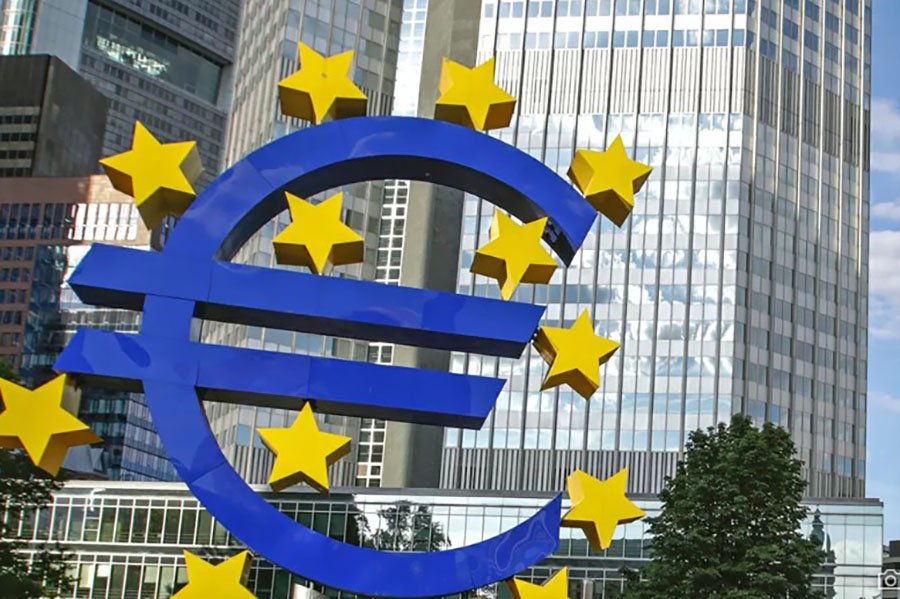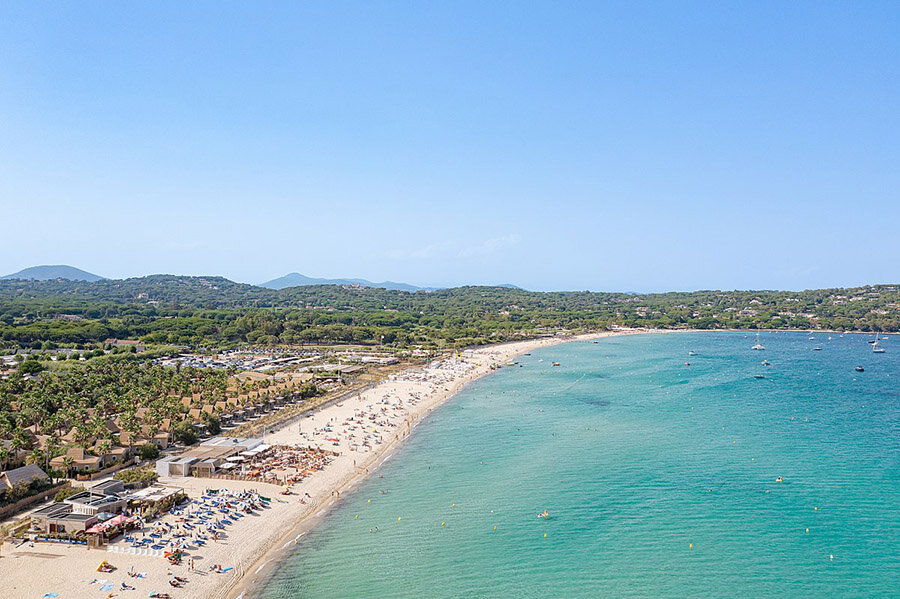читайте также
 Eurozone on Alert: ECB Flags Growing Vulnerabilities in the Financial System
Eurozone on Alert: ECB Flags Growing Vulnerabilities in the Financial System
 Hotel Investment 2025: New Opportunities for the Market — Key Insights from the Cayuga Conference
Hotel Investment 2025: New Opportunities for the Market — Key Insights from the Cayuga Conference
 Vietnam Hit by Record-Breaking Floods: Tourists Advised to Change Their Plans
Vietnam Hit by Record-Breaking Floods: Tourists Advised to Change Their Plans
 WTTC: Travel & Tourism to Create 91 Million New Jobs by 2035 — but a 43 Million Workforce Gap Looms
WTTC: Travel & Tourism to Create 91 Million New Jobs by 2035 — but a 43 Million Workforce Gap Looms
 How Children Receive Residence Permits in Europe: Full 2024 Statistics
How Children Receive Residence Permits in Europe: Full 2024 Statistics
 Cyprus to Introduce Construction Police as Oversight Tightens in 2026
Cyprus to Introduce Construction Police as Oversight Tightens in 2026
France’s Coastal Real Estate: Market Stabilization

Photo: Wikipedia
The French coastal real estate market is showing signs of stabilization after several years of rapid price growth. According to SeLoger’s research, housing prices in seaside resort towns in 2025 have virtually stopped rising, with some regions even experiencing a decline. The average annual price growth was only +0.2%, half the national rate (0.4%).
The publication reviews locations with at least one beach and over 20% of the housing stock being secondary residences. Despite stabilization, average coastal property prices remain significantly above the national level: €4,888 per sq.m compared to the national average of €3,108. This reflects sustained interest in seaside housing, especially for second-home buyers.
Price Trends: Luxury and Budget Destinations
In traditionally high-end regions – the French Riviera and Atlantic coast – price growth has nearly stopped. The average prices are €5,980 and €5,380 per sq.m respectively, with minimal annual growth (+0.6% and +0.1%). More affordable markets like Brittany and Normandy (around €4,000 per sq.m) show stronger dynamics, with price increases up to 1.3% per year.
In contrast, Languedoc-Roussillon saw a 4.4% decline in property prices. Cities such as La Grande-Motte and Collioure saw drops of 7.2% and 6.2%, respectively. Meanwhile, Palavas-les-Flots stood out with a 1.6% increase, reaching €5,634 per sq.m.
Corsica is one of the few regions where price growth remains notable, reaching up to 8.6% annually in certain areas. The island’s average property price is lower than mainland resorts (€4,244 per sq.m), and its unique landscapes, mild climate, and low-density development make it attractive to those seeking privacy over mass tourism.
Buyers with limited budgets are advised to consider Brittany and Normandy resorts. In Plouha, homes cost only €1,786 per sq.m, in Geffosses – €2,029, and in Veules-les-Roses – €2,048. These areas are becoming viable options for seasonal rentals and personal use.
At the opposite end are luxury destinations like Saint-Jean-Cap-Ferrat (€17,754 per sq.m), Ramatuelle (€15,805), and Lège-Cap-Ferret (€15,652), which primarily serve international high-end buyers.
Rental Yields
In 2025, France’s average gross rental yield from residential property stands at 4.63%. On the coast, yields vary between 4.4% and 5.9% depending on the region. In Marseille, it reaches 4.94%, in Nice – 4.39%. According to Le Journal du Dimanche, Calais leads with 5.92% and Perpignan follows with 5.88%.
Trackstone’s research shows potential returns of up to 5.83% in Arcachon. On the Riviera, average yield is 4.8%, and studio apartments in favorable conditions may yield 5–7%. However, these figures don’t account for taxes, vacancy periods, or management costs.
Forecasts
According to Investropa analysts, coastal real estate prices are expected to grow moderately by 1–2% annually in the second half of 2025. By 2026, this may accelerate to 2–3%, and up to 4% in select promising zones. Provence, the Riviera, and Nouvelle-Aquitaine show the most stable outlook.
In Landes and Charente-Maritime departments, growth is forecasted at 2–3% annually. In Biarritz, prices could increase by 2–4% each year through 2030. Some parts of the Normandy and Brittany coastline may see corrections of up to –2% in 2025 but are expected to stabilize afterward.
Knight Frank points out persistent international demand for coastal assets as capital protection. The Riviera and Biarritz remain top priorities with 2–3% annual price gains. Savills projects 2–3% average yearly growth across the coast, potentially reaching 4–5% in less saturated yet promising areas. Global Property Guide estimates growth rates between 1–1.25%, with potential up to 4% in areas with limited supply.
Conclusion
In 2025, France’s coastal property market is in a transitional phase: cooling after years of expansion, yet remaining resilient. Forecasts point to moderate strengthening in southern and southwestern regions. Rental yields on the coast remain in the 4–6% range, aligning with stable markets. These properties are often acquired not for short-term profit, but for capital preservation, comfortable living, or seasonal use. The market remains relatively stable and predictable, making French coastal real estate a sound option for long-term strategies – though not ideal for short-term speculation.





